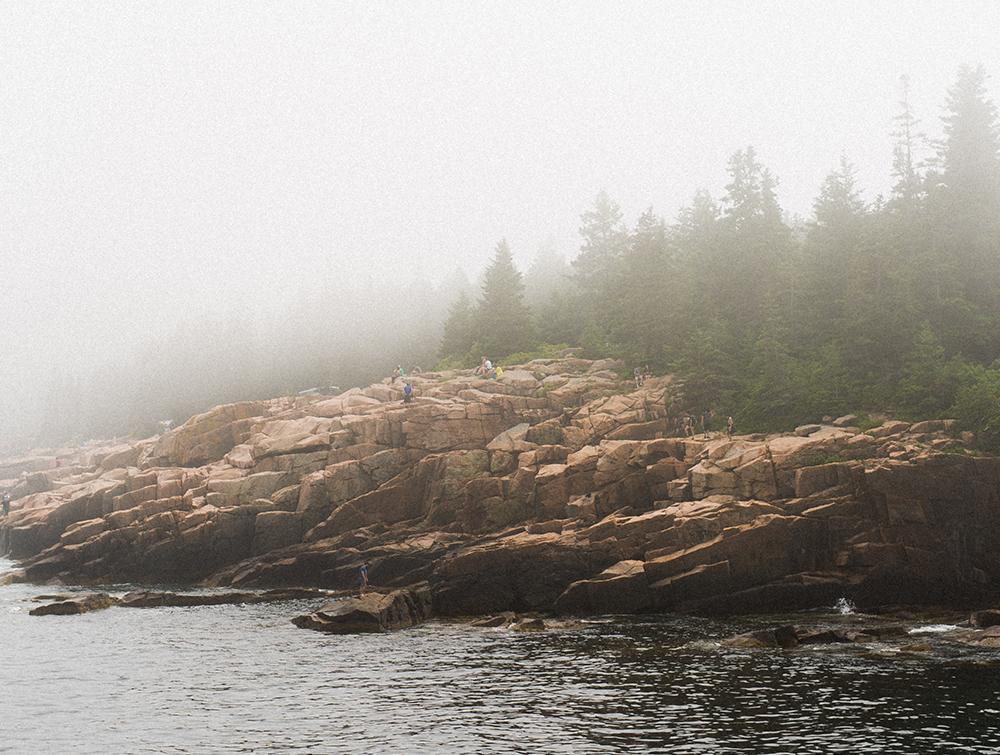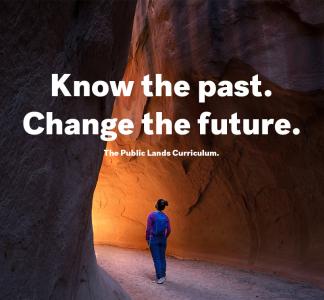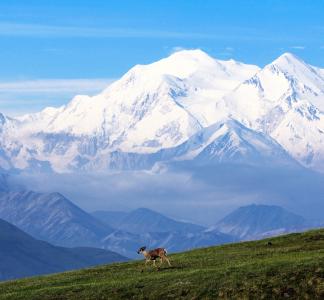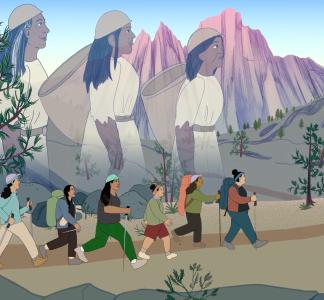REPORT: Tribes lack access to the Land and Water Conservation Fund

Trevor Pennington, Unsplash
Tribes have been underrepresented when it comes to receiving Land and Water Conservation Fund grants
The Land and Water Conservation Fund (LWCF) has been a crucial source of funding for conservation projects across America—providing billions of dollars for parks, trails and much more in every county in the country. With the passage of the Great American Outdoors Act, which authorizes substantial annual funding for this vital program, a new era of opportunity has emerged in which we can support the conservation of public lands and water in perpetuity. These lands can continue to provide us with greater access to the outdoors; help combat climate change; support the preservation goals of Native Nations; and foster new partnerships between governments, non-governmental organizations and other conservation stakeholders.
However, not everyone has equitably benefitted from this program.
This report, commissioned by The Wilderness Society and the National Association of Tribal Historic Preservation Officers, found that over the past 50 years, the LWCF funding to Tribal Nations has been inadequate. The number of grants awarded to Tribal Nations is a small fraction compared to the acres of tribally held land in the country, and the actual monetary awards to tribes reflect an even greater discrepancy and inequity.
Some of the main findings of the report include:
- LWCF diminishes tribal sovereignty by requiring Tribal Nations to work through state governments to access LWCF dollars rather than having direct communication with federal agencies distributing the funds.
- Mandating that lands acquired or developed using LWCF money remain open to the public for outdoor recreation infringes upon tribal rights to use these lands for Indigenous cultural practices or to protect tribally historic or cultural sacred lands.
- Requiring a one-to-one match for LWCF funding is a severe financial impediment to accessing these federal monies.
- The significant amount of time and effort required to apply for LWCF dollars with no guarantee of success doesn’t justify the financial reward.
Yet, there are solutions for ensuring more Indigenous communities receive grants and to show greater respect of tribal sovereignty and tribal self-determination. NATHPO and TWS propose recommendations that could address some of the barriers tribes face when accessing LWCF.
- Create a standalone grant program for direct tribal access to conservation funding.
- Allow tribes to be direct recipients of funding.
- Develop policies and practices through consultation with tribes to engage them more equitably in LWCF grant programs.
- Eliminate the financial match requirement.



